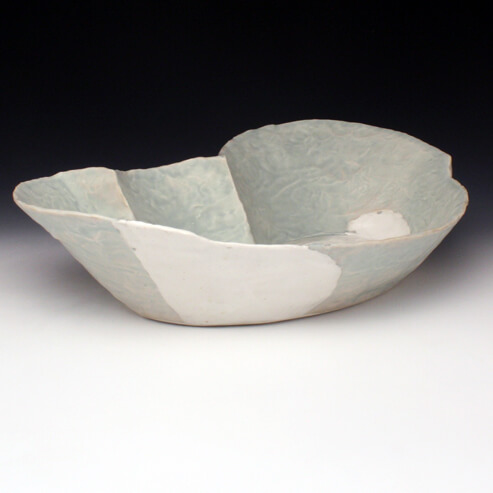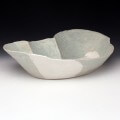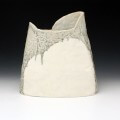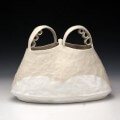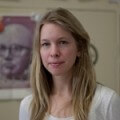
Emily Schroeder Willis received her MFA from the University of Colorado, Boulder in 2006. She is the recipient of numerous awards and scholarships, including the Jerome Fellowship from the Northern Clay Center and the Sage Scholarship from the Archie Bray Foundation. She has exhibited her work across North America as well as in Europe, Central America and Australia. She has been an artist-in-residence/visiting artist at the Archie Bray Foundation in Montana, the Zentrum fur Keramik in Berlin, Germany and at the Alberta College of Art and Design in Canada. Most recently she was a presenter at Arrowmont’s 2012 Utilitarian Clay Conference. Currently, she has a studio in Chicago.
As an artist, one is constantly scouring for new sources of content and inspiration. It used to be quite complicated to look for images/inspiration. One would need to seek out a museum with work that excited you, visit exhibitions at their proper time, hunt for interesting pieces and then take pictures of them or sketch them out. Alternatively, you could go to the library and check out books on your interests and/or photocopy those images. The world has changed and now instead of needing museums or the library to research images, one need only enter an idea/word/phrase in a Google search and up pops 10,000 images on the history of Oribe.
How I use my sketchbook has changed too. Whereas it used to be stuffed with images pasted on from black and white photocopies, it has now become more of a repository for technical information and forms I am working on. The idea of the 20th century sketchbook as a virtual place is very real phenomenon.
I use sources like Pinterest more for looking at forms, colors, shapes, textures, places and spaces, than to actually look at specific artists. With that said, it’s nice to be perusing the Internet for something, see a great piece of work and be able to stick it in a space not to forget about it later. Mostly, I use a space like Pinterest for “private†use, but with the understanding it is very much a public sketchbook. It’s amazing to highlight specific artists with a larger audience, saying, “Hey! Have you seen this incredible piece!?â€
The artists I chose for this exhibition were Mark Pharis, Maren Kloppmann and Sam Chung. Each of these artists have a connection to the “Mingei-sota†style of work I was influenced by early on in my career and all have roots at the University of Minnesota. Mark was one of my first teachers and an early mentor to me in the fundamentals of what makes a great piece of work. He is the embodiment of “Simple Complexityâ€. Until the day I die, Mark Pharis will forever be to me the greatest potter ever. Maren’s work taps into my inner German. It’s efficient, simple and elegant; everything is pared down to its most basic elements. Sam’s most recent body of work has shifted, in a great way, from the first works of his that I was drawn too. He always has a wonderfully perceptive eye for how different forms and lines can meet together. But I most love the line work that he is doing on his recent vessels. Each of these artists I have admired since I began making objects and for whom, I feel, continually create beautiful and interesting work.

